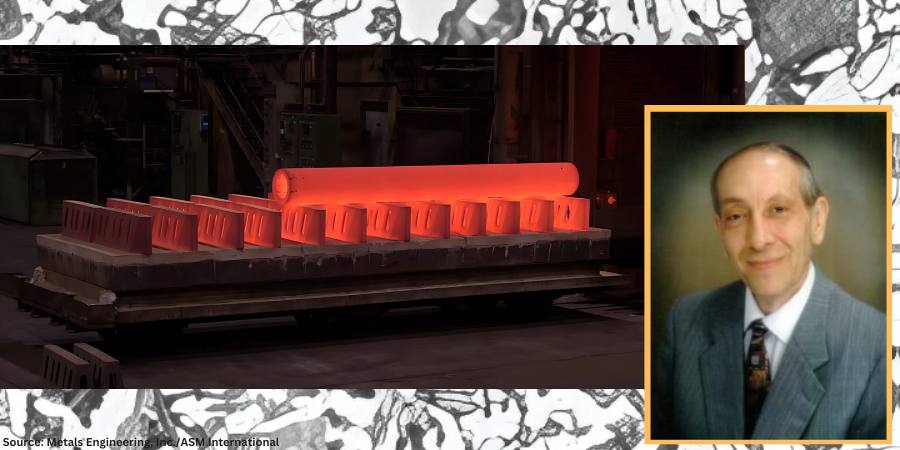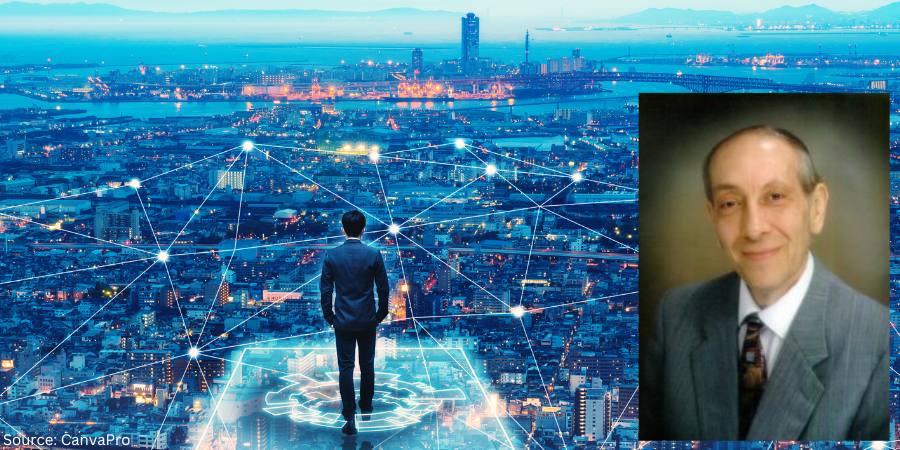
“In the near term, the thermal processing industry faces landmark decisions and the most commonly postulated future, based entirely on electricity is only one of many possible outcomes. This option, however, is not realistically implementable… there is insufficient green energy surplus to meet expected demand in its entirety.”
Everyone is talking about the future of heat treat and how to process parts for the future. Technology, such as systems related to IoT and 4D, is seen as the solutions. So what about the future of combustion? The color is green.
Read this guest column from WS Thermal which summarizes a few key caveats which stand in the way of transforming energy sources. Give it a read, and email editor@heattreattoday.com if you have an op-ed or guest column that you would like to submit to Heat Treat Today!
 WS is well known when it comes to low NOx combustion of natural gas in industrial furnaces. By means of the patented FLOX® technology, WS burners can achieve NOx emissions lower than 0.07 #/MMBTU in most operating scenarios, which sets the benchmark for modern gas heated furnaces around the globe. The future, however, belongs to renewable energy sources. Aside from their ecological advantages, it is foreseeable that the economic benefits will become reality far sooner than previously predicted. Even more so, if external effects such as an adequate carbon tax are considered.
WS is well known when it comes to low NOx combustion of natural gas in industrial furnaces. By means of the patented FLOX® technology, WS burners can achieve NOx emissions lower than 0.07 #/MMBTU in most operating scenarios, which sets the benchmark for modern gas heated furnaces around the globe. The future, however, belongs to renewable energy sources. Aside from their ecological advantages, it is foreseeable that the economic benefits will become reality far sooner than previously predicted. Even more so, if external effects such as an adequate carbon tax are considered.
In the [short] term, the thermal processing industry faces landmark decisions and the most commonly postulated future, based entirely on electricity is only one of many possible outcomes. This option, however, is not realistically implementable. At this point in time, there is insufficient green energy surplus to meet expected demand in its entirety: heating of thermal process applications, electrolytically generated hydrogen for direct reduction of iron ore, or for fueling long-haul transportation, battery electric mobility, space heating and cooling via heat pumps and many additional applications. Renewable electricity faces demand many times greater than its short or medium-term generation capacity. All this does not even take into consideration the necessity of simultaneous demand and generation in the electric network.
Using a broad spectrum of green energy sources, likely generated in a decentralized manner, and with regional focus on infrastructure capabilities such as transportation and storage of energy carriers, seems more plausible than focusing purely on an electricity-based energy system. However, at this point in time it is impossible to foresee which energy carrier will play the dominant role, or which market shares the various options will garner over time. Hydrogen from electrolysis or from reforming biogas, bio propane, synthetic fuel like ammonia synthesized in sunny regions, or synthetic CH4 which could utilize the existing global transportation infrastructure and current end user devices. The only thing that seems certain is that chemical energy carriers will continue to play a large role in the future. Only they offer the unique advantages such as high availability, high energy density and storage capability, which ultimately enable an airplane to fly, or make it possible to supply thermal processing applications with enough green energy to reliably maintain process temperature for long periods. Therefore, at WS we are committed to our core message: We are …
Regardless of which renewable chemical energy carrier you will ultimately be using in the future, it is already in our focus. Even now, we are implementing technologies aiming at our green future in WS combustion systems. For example, we are exploring technologies that minimize NOx emissions even when combusting ammonia or hydrogen. On a case-by-case basis, we can determine if your WS burners are suitable for use with a given new energy carrier or if a retrofit kit is needed. In any case, due to the long service life of your equipment, what is essential for you to know today is: WS will provide you a state-of-the-art combustion system solution – even if the future comes faster than anticipated.

All other images are from WS Thermal.








